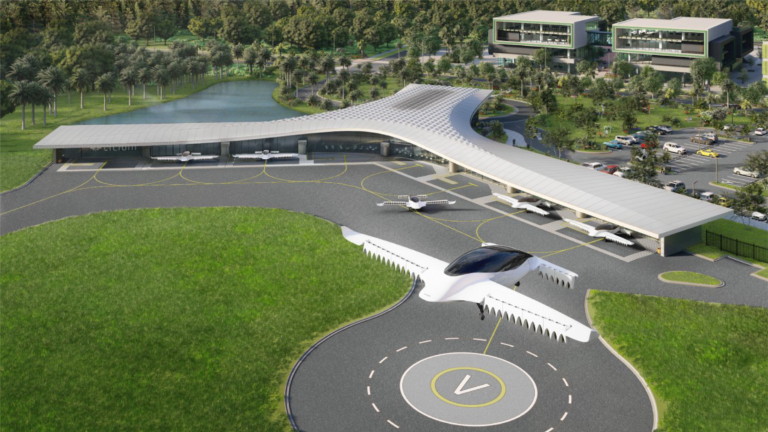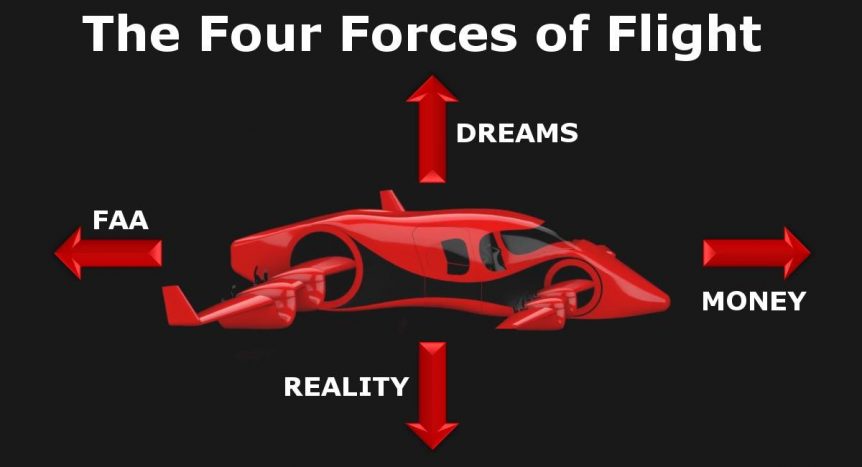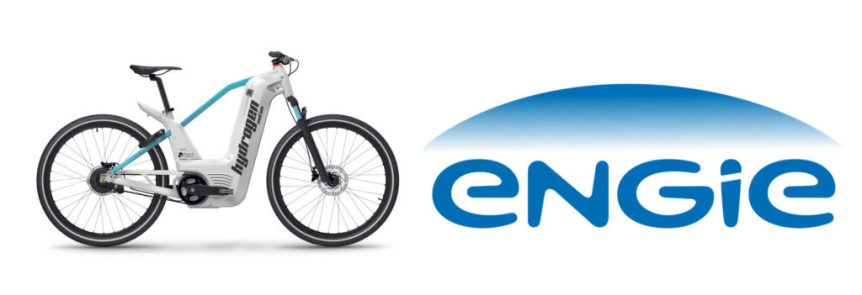Siting and Building Considerations at the 2019 SAS As we see an inrush of capital to finance new electric Vertical Takeoff and Landing (eVTOL) machines and now electric Conventional Short Take Off and Landing (eCSTOL) machines, we are on the cusp of seeing newly envisioned landing zones for these machines. With the departure of Uber from the aerial scene, we probably won’t see the grandiose platforms the firm promoted. Your editor poked fun at these visions in his talk at the 2019 Sustainable Aviation Symposium at UC Berkeley, doubting that urban centers would welcome hundreds of arrivals and departures overhead day and night. Luckily, presenters who had worked on real-world re-imaginings of Uber’s grander vision helped talk your editor down. Byron Thurber, an ARUP architect, discussed “A Practical and Sustainable Transit Hub for Urban Air Mobility –the Uber Elevate Skyport.” Following LEEDS, or Leadership in Energy and Environmental Design criteria, the sustainable building would retrofit an existing parking garage at …
HopFlyt Hops into the Next Decade
With 2020 lurching into life in some turbulence, HopFlyt promises a smooth, above-the-fray experience. A look back at an innovative aircraft designer, the new variant applies electric power and new structural techniques unknown when Willard Custer had his inspiration. HopFlyt is a modern interpretation of that vision, with distributed electric propulsion, 3D-printed components, and simplified control systems. Willard was a far-sighted soul in the 1940’s, when aircraft were either all wood, all sheet metal, or mixed structures of wood, chromoly tubing and fabric. The composites that freed designers for swoopier things were a few decades away. Willard Custer’s Big Idea Reputedly a descendant of George Armstrong Custer, Willard Custer envisioned a propeller in a semi-circular channel that might produce lift as well as thrust. This blog channeled that history in an earlier article on HopFlyt in 2017. While you can see real-life footage of the original channel wing concept in that entry, we turn to Tom Stanton, who built a …
Pragma Triples Kilometers on Hydrogen Fuel-Cell Bikes
Six years ago, we ran a story on hydrogen fuel-cell powered bikes that could travel limited distances, and used canisters of fresh hydrogen to quickly replenish the bike’s energy. Pragma Industries has introduced a much-improved version of that bike, with range up to 150 kilometers (93 miles). A pedelec (the motor kicks in when the cyclist pedals), the bike has a unique look and a compact propulsion system. The system consists of a Brose 36 Volt motor, a 150 Watt PEM (Proton Exchange Membrane) fuel cell, and 150 Watt-hours of lithium-ion batteries in the bike’s down tube. Pragma has a large amount of material on its technologies, including a helpful explanation of fuel cells and their operation, and a great collection of scientific papers on fuel-cell related topics. Business Insider reports, “The firm’s Alpha bike runs for about 100 km (62 miles) on a two-liter tank of hydrogen, a range similar to an electric bike, but a refill …



